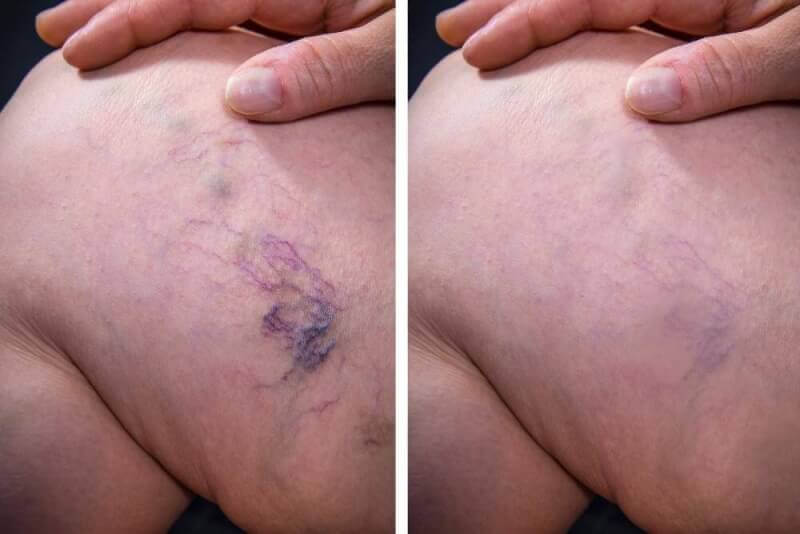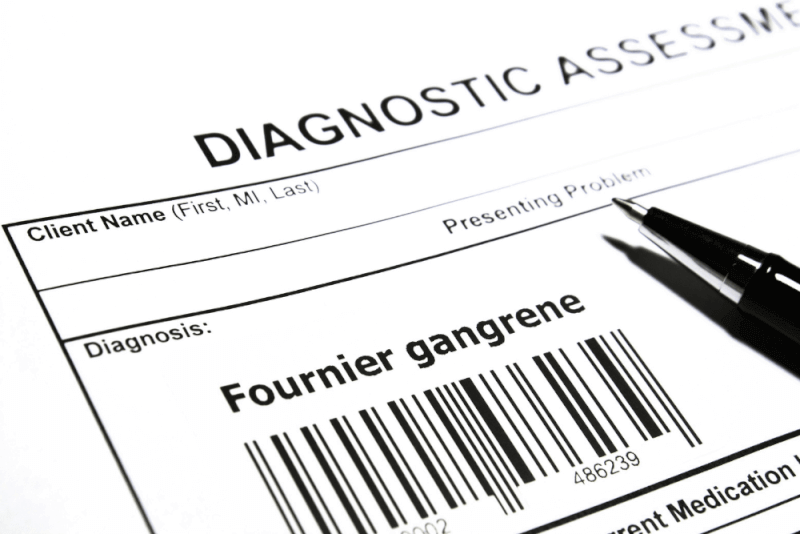30-Second Summary
- For individuals with kidney diseases who need dialysis, one of the procedures applied is the arteriovenous fistula.
- The arteriovenous fistula is primarily created in an arm that patients do not actively use.
- This procedure directs blood from the artery to the vein, thus providing sufficient flow for dialysis.
- The greatest advantage of the arteriovenous fistula is that patients can use this vascular access for a long time, allowing for more frequent dialysis sessions, which is vital for their health.
What is an Arteriovenous Fistula?
An arteriovenous fistula is one of the procedures used for individuals with kidney diseases who require dialysis. This surgical procedure involves connecting an artery to a vein in the arm or leg to establish a vascular access necessary for dialysis.
The arteriovenous fistula is primarily created in an arm that patients do not actively use. The reason for performing this procedure on dialysis patients is to achieve a vein size suitable for the dialysis machine needle and to ensure sufficient blood flow, which is not typically possible with normal veins. The procedure directs blood from the artery to the vein, thus providing sufficient flow.
What Does an Arteriovenous Fistula Do?
The purpose of the arteriovenous fistula is to provide the necessary flow for the dialysis machine, allowing it to filter blood more efficiently and improve the patient's overall health. Moreover, if patients can maintain proper care, this procedure offers a long-term solution.
Who is Suitable for an Arteriovenous Fistula?
Patients who undergo the arteriovenous fistula procedure include the following groups:
Kidney Failure
Conditions such as hypertension, diabetes, or heart diseases increase the risk of kidney failure, necessitating dialysis. Patients with kidney failure require the arteriovenous fistula procedure.
Vascular Damage
If a dialysis patient's blood vessels are damaged and an efficient vein is not available, this procedure is necessary.
Prior Surgical Procedures
Previous surgeries can cause damage to the blood vessels. Patients in this condition also need an arteriovenous procedure before starting dialysis.
Vascular Narrowing
Narrowing of the blood vessels can make dialysis impossible. Patients in this situation also undergo the arteriovenous fistula procedure.
Low Blood Pressure
In individuals with low blood pressure, the blood flow rate necessary for the dialysis machine is not achievable, thus necessitating the arteriovenous procedure.
Benefits of an Arteriovenous Fistula
The arteriovenous fistula allows patients to use this vascular access for a long time, permitting more frequent dialysis sessions, which is crucial for their health. This results in fewer interventions on the vessels and enhances the efficiency of the dialysis process, thereby significantly reducing the risk of complications.
Complications During Dialysis with an Arteriovenous Fistula
Like other surgical procedures, the arteriovenous fistula can have complications, including:
Infection
There is always a risk of infection after surgery, usually controlled with antibiotics. However, serious conditions can occur in rare cases.
Bleeding
There is a risk of bleeding during and after the operation. Depending on the severity of the bleeding, different interventions, including additional surgeries and blood transfusions, may be required.
Vascular Problems
Problems can occur in the veins and arteries during and after the surgery, including clot formation, circulation issues, or narrowing.
Fistula Problems
The fistula may become blocked or not function efficiently, possibly requiring a second surgery.
Anesthesia Risks
Since the procedure is performed under general anesthesia, there may be complications related to anesthesia.
Arteriovenous Fistula Care
The arteriovenous fistula, providing longer use compared to a catheter, requires meticulous care. Patients should take precautions including:
- Avoid taking blood or placing IV lines in the arm where the procedure was performed.
- Do not measure blood pressure on the fistula arm.
- Avoid tight bandages or clothing that could slow blood flow on the fistula arm.
- Protect the arm from injuries and avoid lifting heavy objects.
- Wash the arm with warm water and soap before dialysis.
- Keep the bandage on for 2 hours after dialysis, then apply cream.
- If swelling or redness occurs at the needle insertion site, notify the healthcare team.
- Rotate the needle insertion points.
- Check the fistula daily by touch; if there is a decrease in the sound, inform the healthcare team.







